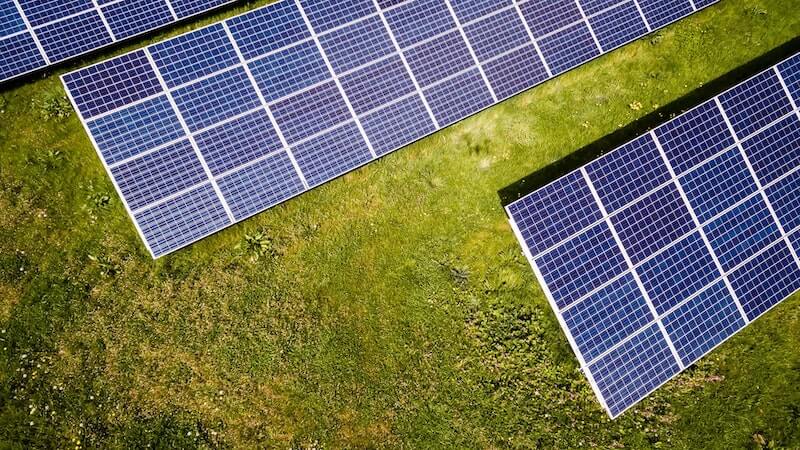
Researchers developed a new coating technique to increase the efficiency of tandem solar cells. Compensating for defects ensures greater efficiency.
The share of renewable energies is currently continuing to increase. But wind turbines, solar systems and hydroelectric power plants often require large areas. The aim is therefore often to make existing technologies more efficient. One example is the efficiency of solar cells.
Researcher developed recently for example, a new method to increase the efficiency of silicon perovskite tandem solar cells. They use special organic molecules to coat the surface. This allowed the scientists to compensate for surface defects and improve light usage efficiency.
Tandem solar cells absorb light much more effectively
Solar cells can generate electrical charges by releasing electrons from a semiconductor material when exposed to light. Tandem solar cells made of silicon and perovskite use the light spectrum particularly efficiently by absorbing different wavelengths. Although tandem cells are theoretically very efficient, coating silicon wafers with perovskite often results in defects in the crystal lattice.
These defects affect the conduction of electrons and reduce efficiency. The new method for surface passivation is based on thiophenethyl ammonium with a trifluoromethyl group (CF3-TEA) for coating. The technology evens out defects and ensures even coverage on structured surfaces.
New coating enables efficiency of 31 percent
The CF3-TEA coating reduces the effects of surface defects due to its high polarity and binding energy. Silicon-perovskite tandem solar cells on Czochralski silicon wafers can achieve a relatively high efficiency of 31 percent.
Compared to traditional silicon solar cells, these cells are significantly more efficient and provide stable performance over longer periods of time. The development promises to be a significant advance in solar cell technology by improving performance and stability while reducing costs.
Also interesting:
- Storage modules: Expanding solar storage is as easy as stacking building blocks
- Researchers are making environmentally friendly batteries from old solar panels
- Balcony power plant deluxe: Discover the Anker SOLIX solar bank 2 Pro now!
- More environmentally friendly solar systems: Researchers develop new recycling method
The post Researchers increase the efficiency of tandem solar cells – with a new coating by Felix Baumann appeared first on BASIC thinking. Follow us too Facebook, Twitter and Instagram.
As a tech industry expert, I find the advancements in tandem solar cells with a new coating to be a significant development in the field of renewable energy. Tandem solar cells have the potential to significantly increase the efficiency of solar panels, allowing for more energy to be generated from sunlight.
The use of a new coating to improve the efficiency of tandem solar cells is a promising approach. Coatings can help to enhance light absorption, reduce reflection, and improve overall performance. By optimizing the design and materials of the coating, researchers are able to boost the efficiency of tandem solar cells and make them more competitive with traditional solar technologies.
This development is particularly important as the demand for clean and sustainable energy sources continues to grow. Tandem solar cells have the potential to play a key role in meeting this demand, and advancements in coatings will only further enhance their performance and viability.
Overall, I am excited to see how researchers continue to innovate and improve tandem solar cells with new coatings, and I believe that these developments will help to drive the adoption of solar energy and contribute to a more sustainable future.
Credits